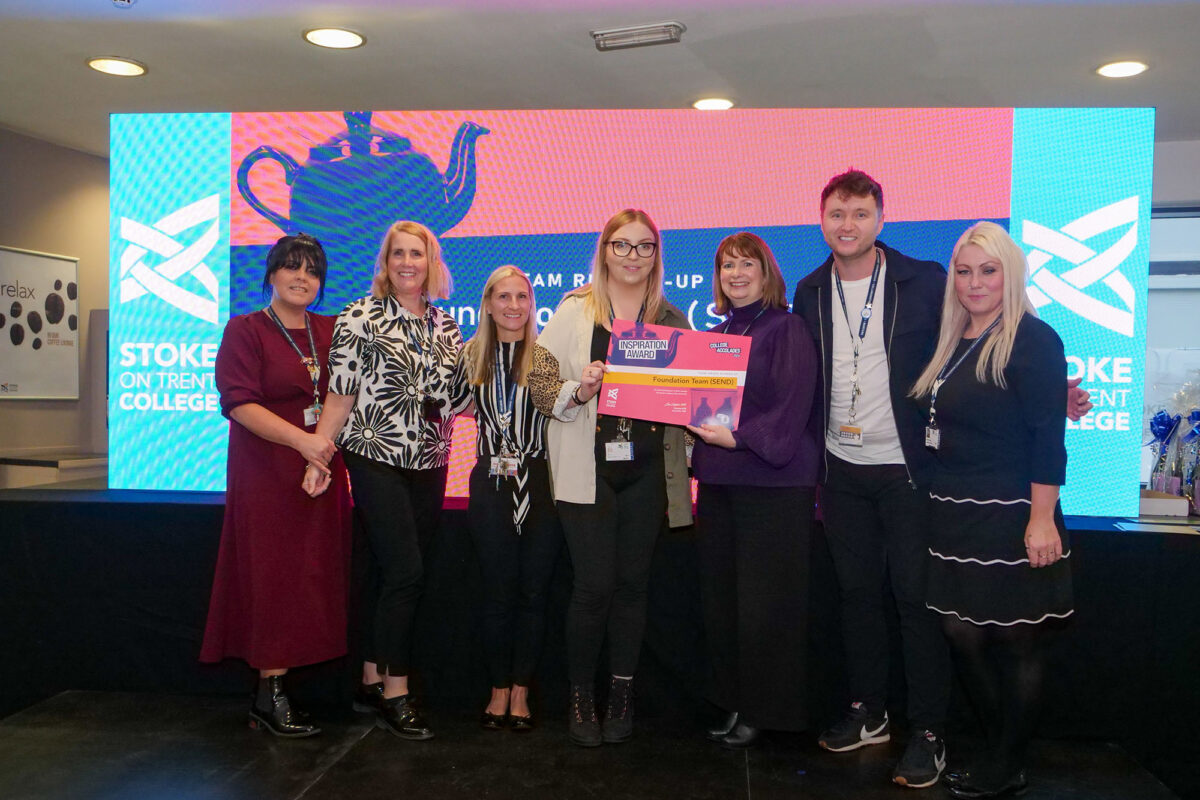Turnitin AI Detection Feature Reviews More Than 65 Million Papers

New detection feature from Turnitin indicates that in 3.3 percent of submitted academic work, 80 percent or more of the examined text is consistent with AI creation
Today (July 25), Turnitin announced that more than 65 million papers have been reviewed since the April launch of its new feature that detects similarities to AI writing. The company also announced that of those 65 million papers, over 2.1 million – 3.3 percent – have been flagged as having at least 80 percent AI writing present. Nearly 6.7 million – 10.3 percent – have over 20 percent AI writing present. Tracking the overall detection rate illustrates that generative AI has made its way into classrooms, however, whether this is acceptable or not is determined by educators themselves.
“In just over three months, Turnitin’s new AI detection feature is being used widely and it is giving educators data they have asked for since ChatGPT first became free to the public in November 2022,” said Annie Chechitelli, chief product officer at Turnitin. “Since the release, nearly 98 percent* of Turnitin institutions have AI writing detection enabled within their Turnitin workflow in at least one of their active accounts.”
Chechitelli added, “Sharing usage and indication rates is one way that we can help improve understanding of the presence and use of generative AI in their teaching and learning practices. Given the urgency expressed by educators about these challenges and the public’s interest in AI text creation and AI text detection, we are committed to sharing these insights so that we can all begin to understand the trends that are currently shaping education.”
Patti West-Smith, Turnitin senior director of customer engagement and a long-time classroom teacher and administrator said, “Turnitin has been a supporter of academic integrity for 25 years and we are continuing that commitment with our new AI writing detection feature. We want teachers and students to talk about appropriate use of writing tools, proper citation and original thinking. Our role is to provide them with a tool to start those meaningful conversations.”
Conversations are critical because even a very high proportion of the statistical signatures of AI in a document does not necessarily indicate misconduct. Some educators are specifically asking students to use AI tools in their work, so detecting its presence may not be as concerning for them. And yet, other educators might tell their students that generative AI is not allowed. In these cases, detection may help them address the issue earlier in the draft process.
To help educators navigate this ever-evolving technology, Turnitin regularly publishes new resources on academic integrity in the age of AI including guides for conversations with students, rubrics to AI-proof writing prompts, and an AI misuse checklist, among several others. In the spirit of transparency, Turnitin will continue to update the public on progress across its detection technology at Turnitin.com/solutions/ai-writing.
*As of June 30, 2023.











Responses